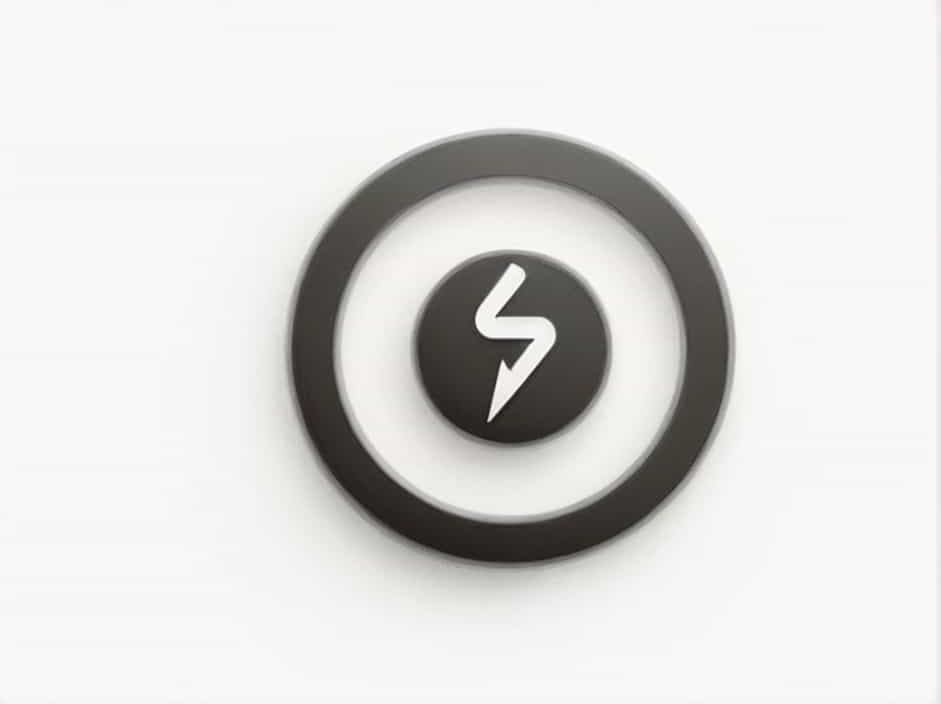Physica Status Solidi A (often abbreviated as Phys. Status Solidi A) is a well-known scientific journal focusing on the fundamental and applied aspects of solid-state physics. It is part of the Physica Status Solidi (PSS) journal series, which also includes Physica Status Solidi B and C.
This topic provides an in-depth look at Physica Status Solidi A, its abbreviation, scope, publication focus, and its relevance in the scientific community. Whether you are a researcher, student, or enthusiast in solid-state physics, understanding the role of this journal can be beneficial for academic and professional growth.
What Is Physica Status Solidi A?
Physica Status Solidi A is an international, peer-reviewed journal that publishes research papers, reviews, and rapid communications in the field of solid-state physics. The journal primarily focuses on:
-
Semiconductors and electronic materials
-
Nanotechnology and quantum materials
-
Optoelectronic and photonic applications
-
Thin films, surfaces, and interfaces
The abbreviation Phys. Status Solidi A is commonly used in research citations, academic references, and bibliographies.
Journal Abbreviation and Its Importance
The official abbreviation, Phys. Status Solidi A, follows the standardized format used in scientific indexing and referencing systems. Journal abbreviations are essential for:
-
Efficient citation in research papers
-
Standardized references across academic databases
-
Easy identification in journals and scientific literature
How the Abbreviation Is Used
When citing an topic from this journal, researchers typically follow formats such as:
-
APA Style: Author(s). (Year). Title. Phys. Status Solidi A, Volume(Issue), Page numbers.
-
IEEE Style: Author(s), ‘Title,’ Phys. Status Solidi A, vol. X, no. Y, pp. Z, Year.
History and Evolution of Physica Status Solidi A
Establishment of the Journal
Physica Status Solidi A was founded as part of the Physica Status Solidi journal series, which started publishing in 1961. The journal was originally launched to advance research in condensed matter and materials physics.
Separation into Different Series
As the field of solid-state physics expanded, the journal was divided into:
-
Physica Status Solidi A – Focuses on applied research in solid-state physics.
-
Physica Status Solidi B – Emphasizes basic theoretical and experimental studies.
-
Physica Status Solidi C – Previously covered conference proceedings (now discontinued).
Scope and Research Areas
Physica Status Solidi A publishes high-quality research in materials science, nanotechnology, and condensed matter physics. Some key topics covered include:
1. Semiconductor Physics
The journal features studies on semiconductors, electronic band structures, and charge transport. Researchers explore the latest developments in silicon-based and compound semiconductors.
2. Nanostructures and Quantum Materials
Physica Status Solidi A is known for publishing breakthroughs in nanomaterials, quantum dots, and two-dimensional materials such as graphene and transition metal dichalcogenides (TMDs).
3. Photonics and Optoelectronics
topics in this category focus on light-matter interactions, photonic crystals, and optoelectronic device innovations, including LEDs, solar cells, and laser technology.
4. Thin Films and Surface Science
The journal explores advances in thin-film deposition techniques, surface modifications, and coatings for improved electronic and optical properties.
Why Physica Status Solidi A Matters in Research
1. High-Quality Peer-Reviewed topics
Physica Status Solidi A follows strict peer-review processes to ensure that published research is reliable, original, and impactful.
2. Indexed in Major Databases
The journal is indexed in Web of Science, Scopus, and other major scientific databases, making it a trusted source for researchers worldwide.
3. Open Access and Subscription Options
While some topics are subscription-based, the journal also provides open-access publishing options to increase the visibility of research.
4. Contribution to Material Science and Technology
Research published in Physica Status Solidi A contributes to technological advancements in semiconductors, nanotechnology, and energy-efficient materials.
How to Publish in Physica Status Solidi A
1. Manuscript Submission
Researchers must follow the submission guidelines provided by the journal, including formatting and referencing standards.
2. Peer Review Process
Submitted papers undergo rigorous peer review by experts in solid-state physics to ensure scientific validity and originality.
3. Acceptance and Publication
Once accepted, topics are published online and in print, gaining visibility among researchers in the field.
Common Questions About Physica Status Solidi A
1. What Is the Full Name of the Journal?
The full name is Physica Status Solidi A: Applications and Materials Science.
2. What Is the Official Abbreviation?
The standard abbreviation used in citations is Phys. Status Solidi A.
3. What Type of Research Does the Journal Publish?
It focuses on applied solid-state physics, materials science, and nanotechnology.
4. Is Physica Status Solidi A Open Access?
The journal offers both subscription-based and open-access options.
5. How Can I Access Published topics?
topics can be accessed through academic databases, university libraries, and the journal’s official website.
Physica Status Solidi A (Phys. Status Solidi A) is a leading journal in solid-state physics and materials science, providing a platform for groundbreaking research in semiconductors, nanotechnology, and optoelectronics. Its high impact, rigorous peer review, and strong academic reputation make it an essential resource for researchers in the field.
For scientists and students interested in applied solid-state physics, this journal remains a valuable source of scientific advancements and innovative discoveries.
